
Trigger finger is due to thickening of the A1 pulley, and is one of the most frequently encountered hand problems. In cases failing to respond to conservative treatment, successful results are obtained with surgical release of the A1 pulley by percutaneous or open methods.
Gulabi et al (2014) presented their clinical results of 61 trigger
digits treated with percutaneous A1 pulley release using an endoscopic carpal tunnel knife. The procedure was performed using local anesthesia only and landmark guidance only. The mean follow-up period was 3.5 months. A total of 55 digits (90%) had complete relief of their triggering, and six digits had an insufficient release. Ultrasound was used post-operatively to assess the neurovascular structures, and no neurovascular damage was noted.
The authors noted the ease of visualizing the flexor tendon and annular pulley, but did not use the ultrasound to guide the procedure. Despite the lack of direct visualization using ultrasound guidance the success of a complete release was 90% and no neurovascular damage was noted.
Gulabi D, Cecen GS, Bekler HI, Saglam F, Tanju N. A study of 60 patientswith percutaneous trigger finger releases: clinical and
ultrasonographic findings. J Hand Surg Eur Vol. 2014 Sep;39(7):699-703. doi: 10.1177/1753193413517992.
Learn about ultrasound-guided A1 pulley release for trigger finger treatment, a minimally invasive procedure with a 97% success rate and fast recovery time. This technique is safer and more effective than traditional
Read MoreTrigger finger, also known as stenosing tenosynovitis, is a common hand condition that affects the tendons in your fingers or thumb. If you're dealing with pain, stiffness, or a locking sensation in your fingers, you
Read More